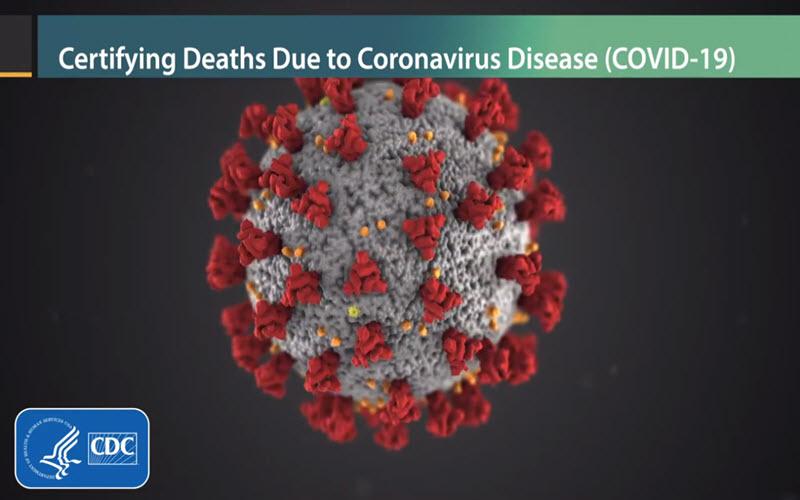
The CDC's Vital Statistics Reporting Guidance, released in April of 2020, was expanded as of February to include a section on certifying covid deaths that occur due to long-term health complications caused by infection:
Certifying deaths due to post-acute sequelae of COVID-19
In the acute phase, clinical manifestations and complications of COVID-19 of varying degrees have been documented, including death. However, patients who recover from the acute phase of the infection can still suffer long-term effects. Post-acute sequelae of COVID-19 (PASC), commonly referred to as “long COVID,” refers to the long-term symptoms, signs, and complications experienced by some patients who have recovered from the acute phase of COVID-19. Emerging evidence suggests that severe acute respiratory syndrome coronavirus 2 (SARS-CoV-2), the virus that causes COVID-19, can have lasting effects on nearly every organ and organ system of the body weeks, months, and potentially years after infection [emphasis added]. Documented serious post-COVID-19 conditions include cardiovascular, pulmonary, neurological, renal, endocrine, hematological, and gastrointestinal complications, as well as death.
Consequently, when completing the death certificate, certifiers should carefully review and consider the decedent’s medical history and records, laboratory test results, and autopsy report, if one is available [emphasis added]. For decedents who had a previous SARSCoV-2 infection and were diagnosed with a post-COVID-19 condition, the certifier may consider the possibility that the death was due to long-term complications of COVID-19, even if the original infection occurred months or years before death.
Soon to follow, published by JAMA Health Forum on March 3, was a study demonstrating that people with post-acute complications had an increased risk of serious health problems and premature death.
References:
- CDC – Reporting and Coding Deaths Due to COVID-19
- JAMA Health Forum – One-Year Adverse Outcomes Among US Adults With Post–COVID-19 Condition vs Those Without COVID-19 in a Large Commercial Insurance Database
